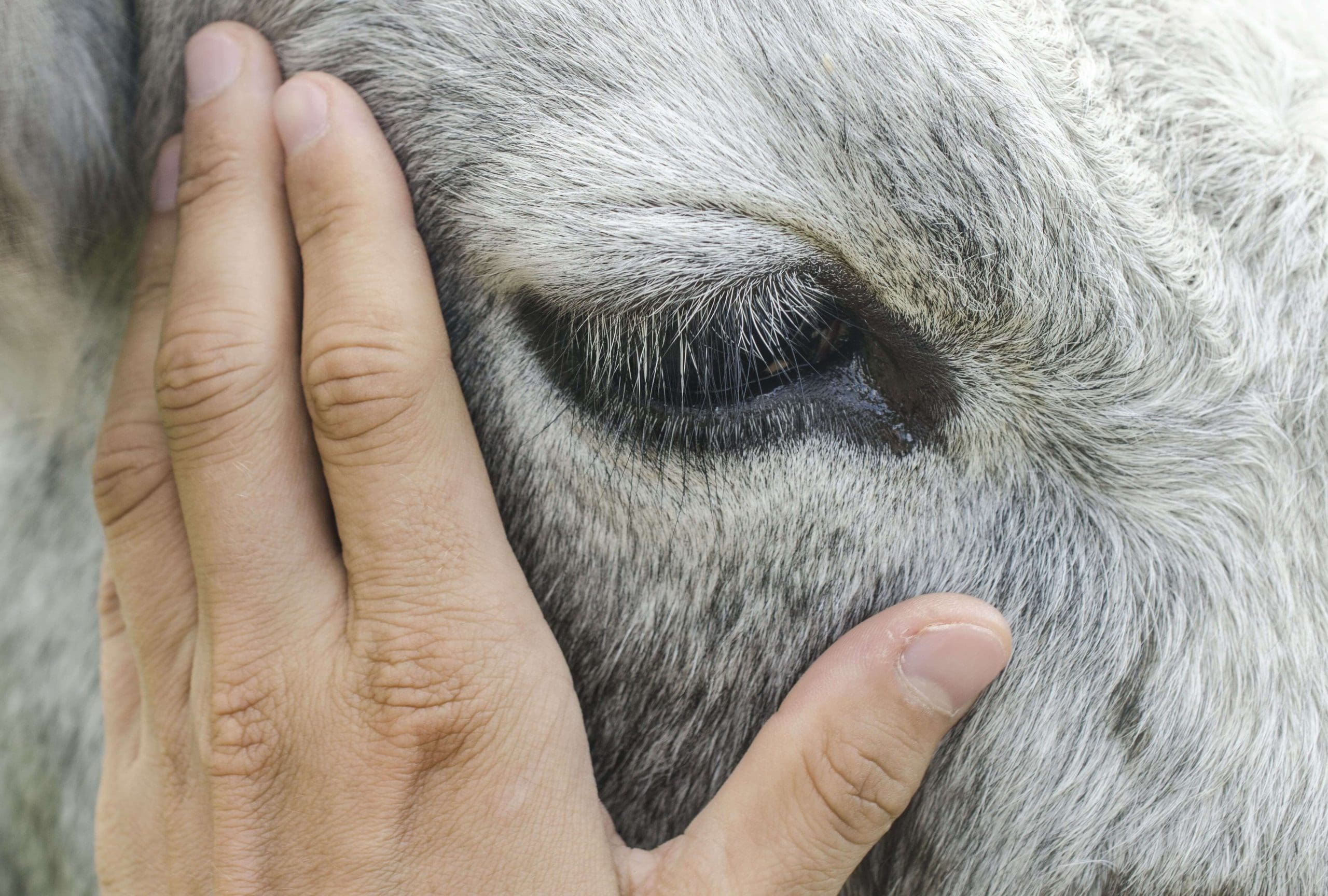21 August 2023: Maintaining the health of herds relies heavily on the prudent utilisation of antibiotics. However, within the South African cattle production sector, there is an ongoing struggle against the pre-emptive application of antibiotics for treating cattle ailments. This practice contributes to the incorrect application of antibiotics, subsequently fostering the development of antibiotic resistance.
Thapelo Kgosi Ramokala, an Animal Health Specialist at Beefmaster Group, holds the belief that there is a requirement for increased efforts in clarifying the risks associated with careless antibiotic usage. Ramokala also underscores the significance of making well-informed choices regarding antibiotic usage.
“There are several self-limiting conditions in livestock that don’t require antibiotics for treatment, but still need to be treated seriously,” Ramokala asserts. “Antibiotics should be reserved for cases with a secondary bacterial infection.”
Ramokala elaborates further that misusing antibiotics not only fails to treat the underlying problem but also contributes to antibiotic resistance.
“A targeted approach is crucial. If an animal falls ill, administering an antibiotic for a specific condition is recommended; if there’s no improvement, reassess the treatment plan. Using broad-spectrum antibiotics without a clear diagnosis can inadvertently harm the herd and promote antibiotic resistance.”
So why do primary producers often resort to unnecessary antibiotic use?
“Panic is a significant factor,” Ramokala explains. “When an animal shows signs of illness, producers fear losses and may rush to administer antibiotics. However, this approach can exacerbate the issue. Education is the key to overcoming this challenge.”
Ramokala underscores the importance of education and collaboration within the industry. “Primary producers need access to accurate information. State veterinarians, magazines, seminars, and communal farmer networks can play a pivotal role in disseminating knowledge about various diseases and proper antibiotic use,” he suggests.
He also advocates for enhanced engagement between pharmaceutical companies and farmers. “Before selling antibiotics, pharmaceutical companies should engage in dialogues with farmers, understanding the symptoms and farm conditions to recommend the appropriate medication.”
Renowned for its dedication to responsible livestock management, Beefmaster Group is leading the charge in promoting antibiotic stewardship. The organisation maintains a rigorous stance by refraining from accepting cattle from farmers who have engaged in preemptive antibiotic administration to calves and weaners. Furthermore, the company’s feedlot situated in Christiana upholds a conscientious antibiotic usage policy, working in close partnership with Animal Health Specialists to guarantee the highest standards of medicinal practices.
“If the bacterial populations in our cattle develop resistance due to the overuse of antibiotics, we won’t be able to treat diseases effectively because it takes many years to develop a safe and effective antibiotic, and there are no new antibiotic developments even in the research phase for use in production animal medicine,” says Ramokala. “We need a more holistic approach to the issue of antibiotic use in animals so that it helps to build herd health, not destroy it.”
Ramokala provides the following five key suggestions to primary beef producers, aimed at demystifying the issue and clarifying the complexities surrounding antibiotic utilisation in livestock production:
- Accurate diagnosis: Before administering antibiotics, ensure a proper diagnosis. Collaborate with a veterinarian to precisely pinpoint the root cause of the ailment. Keep in mind that antibiotics are effective against bacterial infections, not viral ones.
- Symptom monitoring: Rather than rushing to administer antibiotics at the first sign of illness, carefully observe the symptoms. Quarantine sick animals to prevent infection dissemination and uphold rigorous farm hygiene measures. This approach can reduce the necessity for antibiotics and mitigate disease propagation. If the animal’s condition deteriorates or fails to improve within a reasonable timeframe, seek professional guidance.
- Targeted treatment: Administer antibiotics tailored to combat the precise bacteria responsible for the infection. Using broad-spectrum antibiotics should be a last resort, limited to instances where the exact pathogen remains elusive or compelling clinical justification exists. Avoid using the same antibiotic repeatedly for different cases too as over time, bacteria can develop resistance. Consult with a veterinarian to create a rotation plan for different antibiotics or explore non-antibiotic alternatives where applicable.
- Record keeping: Maintain comprehensive records of all antibiotic usage, including the type, dosage, duration, and reason for use. This helps track effectiveness and aids in making informed decisions in the future.
- Regular training: Continuously educate yourself and your staff about livestock health, disease prevention, and responsible antibiotic use. It’s also best to keep yourself informed about the most recent industry standards and recommendations.
Striking a balance between herd health and limited antibiotic holds immense significance, and the ultimate goal is to preserve antibiotics for the long term by responsibly administering them. This doesn’t just directly benefit your animals but also aids in addressing antibiotic resistance in the livestock industry and beyond.
Remember, your actions have a pivotal role in securing a healthier future for animals and humans. They contribute to countering the growing threat of antibiotic resistance that casts a shadow over the livestock sector. As you progress on this journey, your commitment will stand as a testament to responsible stewardship, playing a vital role in the collective endeavour to safeguard what lies ahead.






